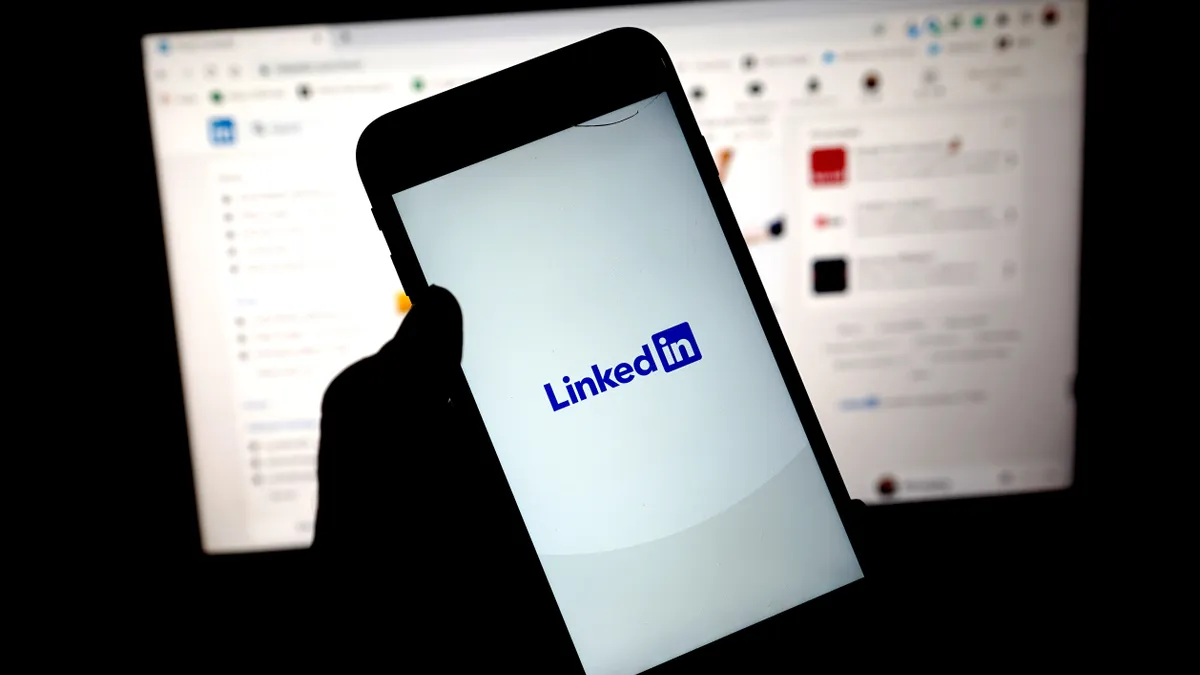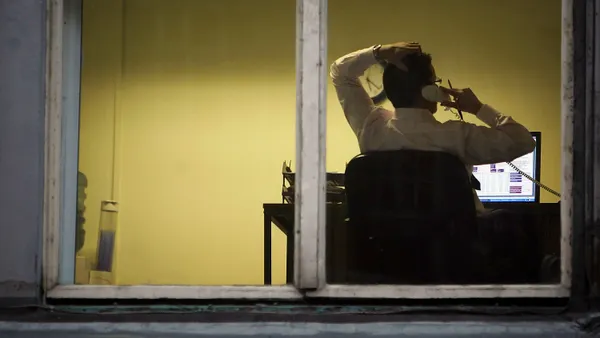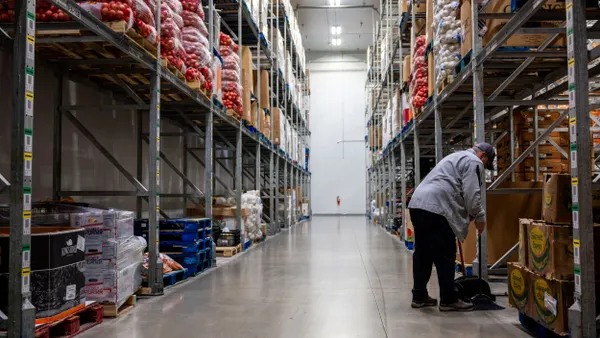Dive Brief:
- LinkedIn has begun rollout of verifications on job posts, indicating whether the poster “is affiliated with an official company page, has verified their work email or workplace, or their government ID was verified through CLEAR,” according to a company announcement Monday.
- In April, the company announced new, free ways that recruiters and job seekers can verify their accounts, from government ID verification to work email confirmation. Companies that use Microsoft Entra can also use that platform to issue digital workplace IDs.
- LinkedIn messages with “high-risk content,” such as a recruiter asking an applicant to take the conversation to another platform, will also be flagged to users as signs of potential scams, the company said.
Dive Insight:
Fake job applicants and job ads have run rampant in the wake of the pandemic and the proliferation of remote work.
The FBI issued a warning during the summer of 2022, stating that the agency was receiving many complaints about fraudulent candidates using deepfake technology to hide their identity, join a company, gain access to company logins and steal sensitive information. To avoid falling for those schemes, experts told HR Dive that recruiters and HR should exercise due diligence in checking employee documents, check social media profiles and pay close attention during video interviews. If something feels uncanny or off, don’t ignore it, experts said.
But fake ads targeting applicants can also negatively affect employers who are already struggling to find talent. Trust is key during the recruitment process and a poorly set up recruiting arm can easily look illegitimate. For example, on Indeed’s support page regarding potential job scams, the company lists unprofessional communication and missing contact information as red flags on any job ad.














